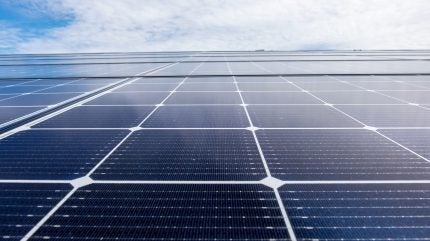
The latest US tariffs on solar panels have significantly altered the trade landscape, with Southeast Asian countries such as Laos and Indonesia, whose solar panel manufacturers are predominantly owned by Chinese businesses, increasing their market share in the US, reported Reuters.
This change comes after the US Government finalised substantial levies on solar cells and modules from Vietnam, Malaysia, Thailand, and Cambodia last month, following two previous rounds of tariffs aimed at curbing dumping by factories primarily Chinese-owned.

Discover B2B Marketing That Performs
Combine business intelligence and editorial excellence to reach engaged professionals across 36 leading media platforms.
According to the report, in the three months after the second round of US duties imposed in November 2024, Indonesia and Laos saw their combined market share in the US solar modules sector jump to 29%, up from less than 1% in 2023.
This surge is a direct result of Chinese companies shifting production to these countries to bypass tariffs.
Meanwhile, exports from Vietnam, Malaysia, Thailand, and Cambodia to the US have dropped by 33% annually since the first tariffs were introduced in June.
Conversely, exports from Indonesia and Laos have grown approximately eightfold.

US Tariffs are shifting - will you react or anticipate?
Don’t let policy changes catch you off guard. Stay proactive with real-time data and expert analysis.
By GlobalDataDespite the tariffs, US imports of solar cells have tripled since June, as they can be assembled domestically into panels.
However, the overall US solar panel imports have decreased by 26% since the introduction of the tariffs, with the market share of the four initially targeted countries plummeting from 82% in the full year 2024 to 54% in the following three months.
Chinese factories, largely excluded from the US market due to high import duties for over a decade, have redirected their solar panel sales towards Asia and Africa.
Despite reduced demand and high stockpiles in Europe, China’s largest market, total Chinese exports have remained stable, according to data from energy think tank Ember.





